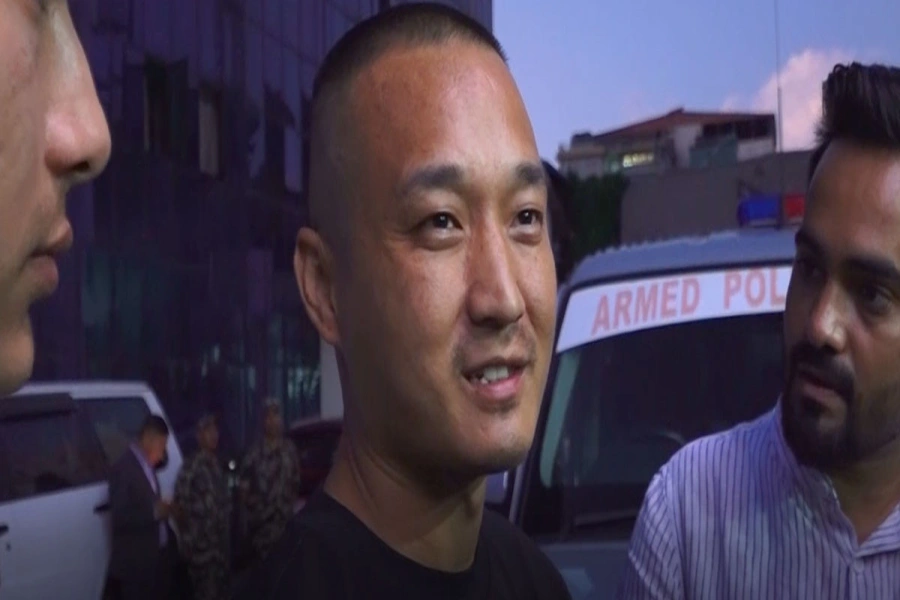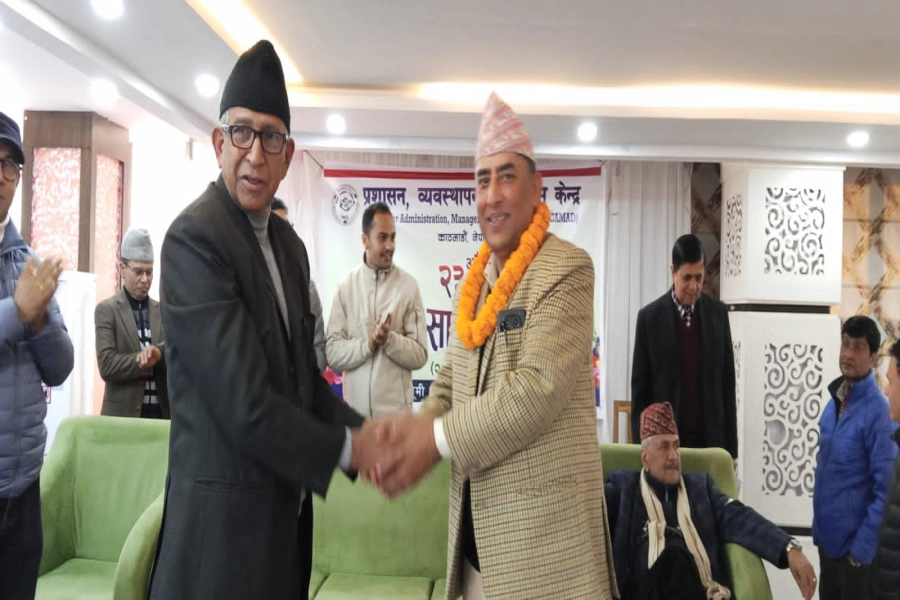The world marked Anesthesia Day on Tuesday. Actually, World Anesthesia Day is celebrated to commemorate the first successful public demonstration of the efficacy of ether anesthesia by William Thomas Green Morton on October 16, 1846.
Before anesthesia was discovered, surgeons used to exploit various means to relieve patients’ pain: by hypnosis, by ingestion of alcohol, by using herbs and extracts of botanical preparation and by applying pressure or ice among others. But things changed after successful public demonstration of ether anesthesia. In fact, the era of modern anesthesia began right from this point. These days, after anesthesia is administered on patients, they lose consciousness during which period surgical operations are performed.[break]
Etymologically, anesthesia is derived from the Greek word ‘an’ meaning ‘without’ and ‘aisthesis’ meaning ‘sensation.’ So anesthesia is a pharmacologically induced and reversible state of amnesia, analgesia, loss of responsiveness, loss of muscle reflexes and decreased stress response among others. This allows patients to undergo surgery and other procedures without distress and pain. Likewise, an anesthesiologist is a doctor, who completes an accredited residency program in anesthesiology and is one of the most vital members in any surgical team.
However, the general public seems less aware of anesthesiology. Most of the people don’t know who administers anesthesia and its possible types. They have common misconception that the anesthesiologists leave the operating rooms after administering it on patients. This is not true. The modern anesthesia practice demands close vigilance and update of the situation on a regular basis. The anesthesiologists start their work before operation with a thorough evaluation of the patients, planning the type of anesthesia to be given and the anesthetic agents to be used. The surgery and anesthesia actually go hand-in-hand and anesthesiologists continuously observe patient’s respiration, heartbeat, blood pressure, fluid requirements and pain relief so that the patients feel comfortable during and after the surgery. An anesthetist is an equally important partner with surgeons in the course of surgery. However, if anesthesia is injected without considering the patient’s overall medical condition, it can cause life threatening complications. In other words, it’s a double edged sword, to be used very cautiously by an anesthetist.

Over one and half centuries, the role of an anesthetist has greatly diversified. The advancement in anesthesia has brought many benefits to the mankind. Apart from Operation Theater, the anesthesiologists take care of critically ill patients in ICUs. They also provide their services in MRI, CT-scan and endoscopic procedures. They manage the patients with chronic pain and run pain clinics. All trauma patients need anesthesiologists to control acute pain, resuscitate and then to operate on. So the role of an anesthetist is not limited to operating rooms any more. His services are important from emergency rooms to cath-labs. As for anesthetists, they play significant role in pain management in cancer and in obstetrics patients. Anesthetists not only have to keep the patients unconscious but in good physical shape so that they could withstand the operation and then cope up with post-operative recovery.
The practice of anesthesiology seeped into our country much later. Anesthesia service started in 1962 at Bir Hospital. Dr Bhawani Bhakta Singh was the first anesthesiologist with diploma in anesthesia. After Dr Singh, there were a couple of other anesthetists, trained from abroad, who provided anesthesia services in Nepal. In late 1980s, with the help of some Canadian anesthesiologists, a one year post-graduate specialist training program, Diploma in Anesthesia, was started in 1985 at Institute of Medicine. This was followed by Institute of Medicine’s MD in anesthesiology training in 1996. Today B P Koirala Institute of Health Science Dharan, National Academy of Medical Sciences, and Kathmandu University have postgraduate MD anesthesiology training programs in operation.
According to an estimate, there are 120 qualified anesthesiologists registered in Society of Anesthesiologist of Nepal. But there is an acute shortage of well-trained and qualified anesthetists. We often hear about the news of anesthesia being delivered by anesthesia assistants and patients losing their lives because of anesthesia related complications. We should know that anesthesia assistants are to help the anesthetists provide better care to patients, not to provide anesthesia service by themselves. Though the number of anesthesiologists is increasing, anesthesia related deaths at the hands of unqualified anesthetists providing anesthesia services make the headlines in the newspapers. This is sad.
However, some initiatives to solve this problem are being taken. Some of the foreign-funded projects are offering trainings to anesthesia assistants. But these projects seem to be carrying out the trainings just to show that they are ‘doing something’ in order to keep the fund coming. Therefore it is important for patients and their relatives to know who their anesthesiologists are and whether they are really trained ones before they go for surgery.
Anesthesia service has come a long way since it started in 1846. It has served the mankind, making possible all kinds of prolonged and complicated surgical procedures and reducing surgery related mortality from almost 100 percent to less than 0.1 percent. As we talk about success of anesthesiology in Nepal, we must not forget those senior anesthesiologists who rendered selfless service to establish anesthesia service in the country.
The writer is working as an anesthesiologist at Norvic International Hospital
bibur_baral@yahoo.com
600,000 Afghanistan children suffering from severe acute malnut...





































